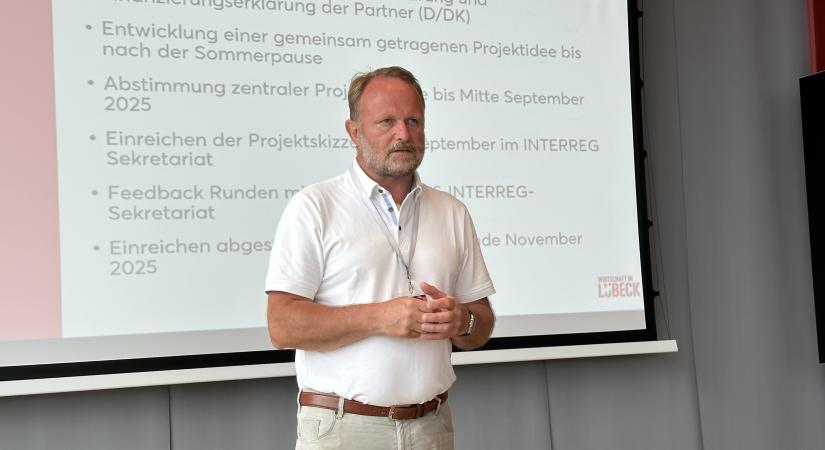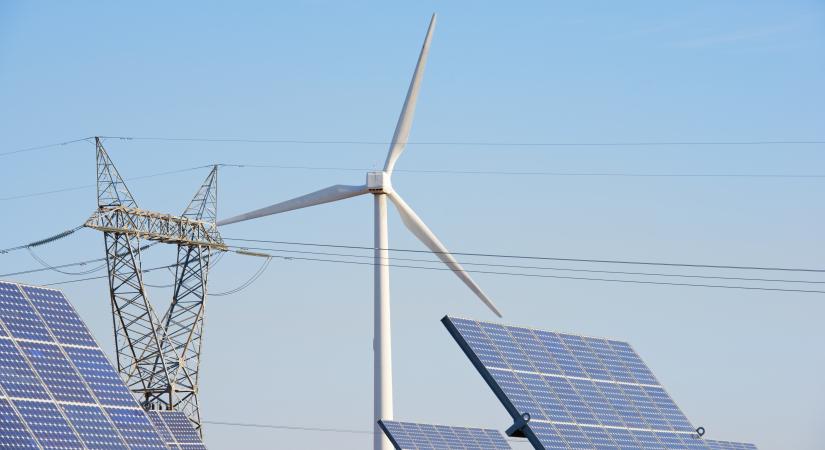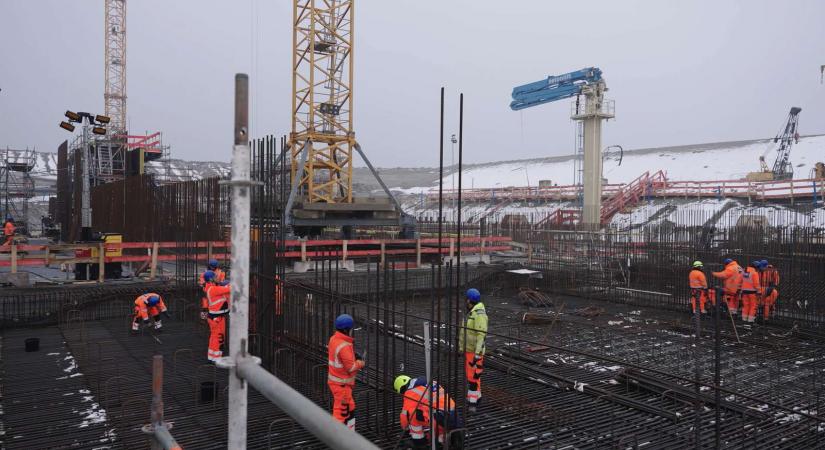Strong German Engagement Opens the Highway to the Future of the Fehmarnbelt Region

A growing and significant German commitment to the upcoming Fehmarnbelt link is opening a highway of growth opportunities in the future Danish-German Fehmarnbelt Region.
This became clear during the three-day Fehmarnbelt Days event in Lübeck from 14 to 16 June.
“We witnessed strong German interest in expanding cross-border cooperation, which is becoming increasingly important as the Fehmarnbelt link approaches completion. I am pleased that there is now a solid foundation and a clear will to seriously accelerate Danish-German cooperation across the Fehmarnbelt,” says Stig Rømer Winther, Director of Femern Belt Development.
Strong Organisations
Together with Lübeck’s Senator for Economic Affairs, Pia Steinbrücke (SPD), and Director of the business organisation Wirtschaftsförderung Lübeck, Dirk Gerdes, Stig Rømer Winther presented a project at Fehmarnbelt Days.
Over the next three years, the project will develop a Danish-German strategy to strengthen both business and cultural development in the Fehmarnbelt Region.
The project is led by Wirtschaftsförderung Lübeck (WIFÖ) and Femern Belt Development (FBD).
The goal is to expand the group of partners in the coming months with more strong organisations from both sides of the Fehmarnbelt.
From Words to Action
Senator Pia Steinbrücke emphasises that now is the time to move from words to action.
“The fixed Fehmarnbelt link connects us. Now we must understand how to make the most of the opportunities it brings. We are ready – and we will not waste the chances we’ve been given,” says Pia Steinbrücke.
Dirk Gerdes, Director of WIFÖ, adds that the Fehmarnbelt Region can grow into a cross-border development zone for business.
Stig Rømer Winther from FBD continues:
“We have a unique opportunity to develop the Fehmarnbelt Region as a European model for cross-border cooperation. This is not just about the major cities – in our case, Hamburg and Copenhagen/Malmö – but also about the regional towns and rural areas in between. They too must benefit from this major international infrastructure project,” says Stig Rømer Winther.



